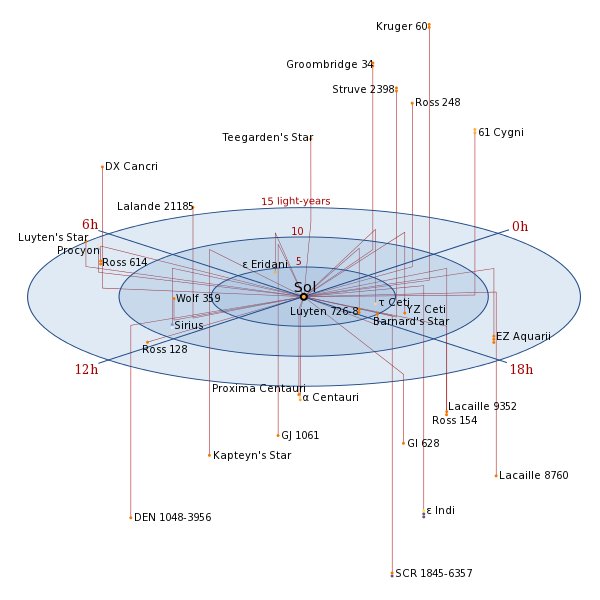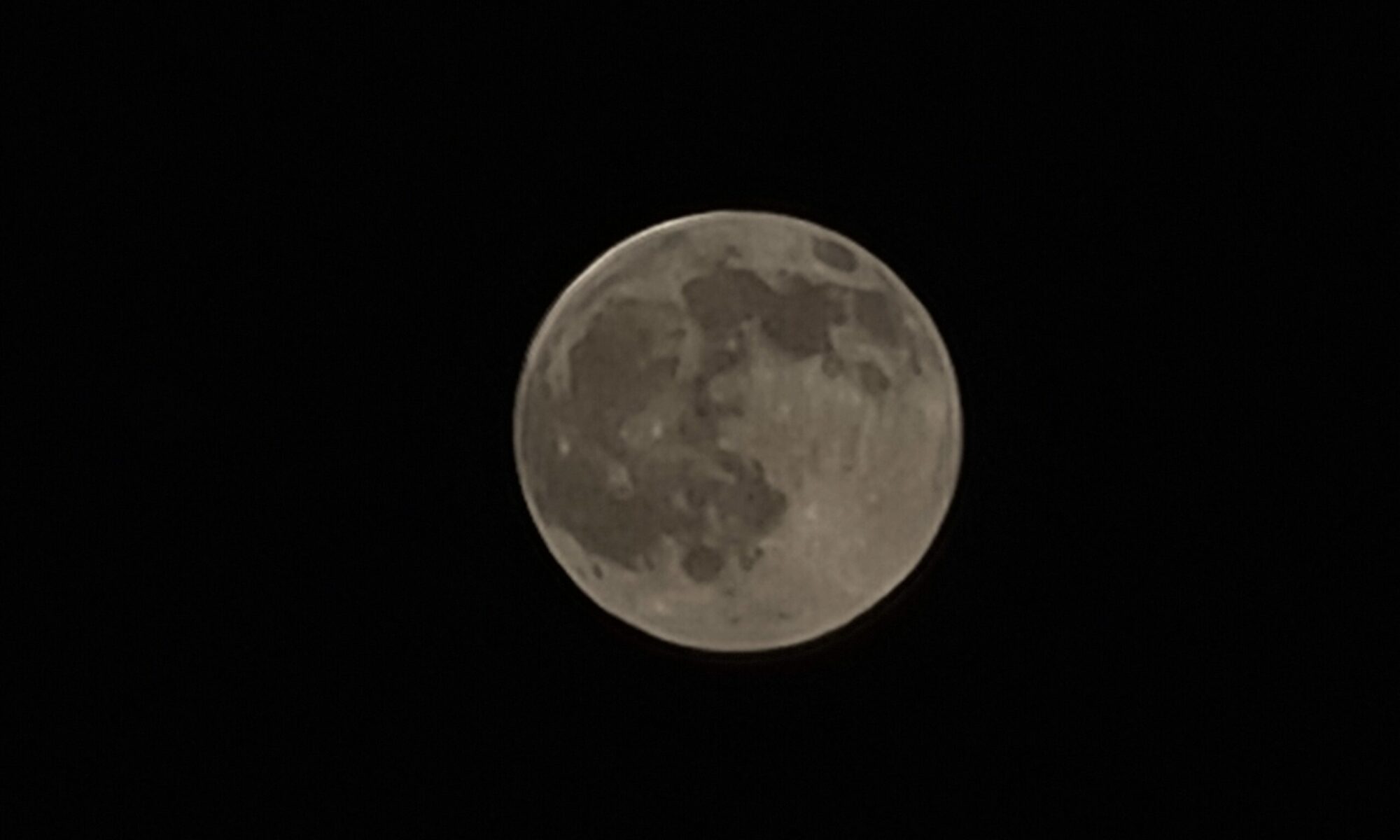While I am far from being a expert on this subject. I do have interest in this. But I do not know a lot about this as current time. But I plan to make improvements to my space knowledge with time. For me space is important. Because what is out there, and it is a fact that future of the human race lies on what we are going to learn about space in the coming years and decades.
I do not yet know properly what I am going to write about here. But it is going to be about space. Weather it is close or distant from Earth or our solar system. To start with I am going to write about few interesting close starts that are less then 10 light years from our solar system.
Our closest neighbour in space is Alpha Centauri.
That star system has two sun. One yellow (G2 V type) and one orange type of star. Currently it is not known if there are any planets orbiting around this stars. There is also a third star named Proxima Centauri. But that is a red dwarf star, class M5.5Ve according to measurements. It might have planets, but is unlikely to host any life on planets around it.
What ever is in Alpha Centauri is it a interesting star system in my opinion. Worth more studying and observation.
Out next star that is only 8.6 light years away from our solar system is a star called Sirius. That is a binary star system with two stars. One white dwarf and one start with luminosity A0-1 Vm.
This star is according to measurements younger and larger then our own sun. The white dwarf is a remnant from a exploded star that once was in this star system. Recent measurements there is a lot of dust in this star system. It is assumed that it is mostly from the sun that did burn out. But it might well be that there is a dust from other original gas cloud that did form this star system. But that has not yet been confirmed today, far as I know.
There is more to be learned on what is out there. But this is just a first about our closest nearby stars. But I have interest in those starts, since I want to know if there is anything else around them. But might not have been detected yet by the human race.
Here is a map of nearby stars close to our solar system.

This picture is from here. This picture is in public domain.
References.
List of nearest stars (Wiki)
Notable Nearby Stars (Solstation.com)

Nice map of the nearest stars to our solar system.
Here’s an article on the nearest spiral galaxy to our own galaxy, the giant-sized Andromeda Galaxy … with a discussion of how Andomeda, with its thousands of billions (trillions) of stars and collosal central black hole is on a collision course with our Milky Way … and how that collision is likely to throw the sun into a distant portion of the combined galaxies, after Andromeda consumes the smaller Milky Way.
http://english.pravda.ru/science/earth/26-07-2011/118591-andromeda_closer-0/
Hmmmm, will the collision of the two galaxies have any effect on Earth’s earthquakes?
Will Earth have any quakes left in it at that distant time?
The descendants of humans (probably non-biological AI lifeforms) will most likely exist far from Earth by that time (if any descendants will exist at all), so it may not be a matter of much interest by that time.
Here is a more pessimistic view of the collision with animation …
http://www.youtube.com/watch?v=OxtsUNA1tk8&NR=1
Here is a less dramaticized simulation …
http://www.youtube.com/watch?v=PrIk6dKcdoU&feature=related
Description translated from the German is …
“This animation simulates the collision of the Milky Way with the Andromeda galaxy, which is done in about 3 billion years ago. Our Milky Way and the Andromeda galaxy have over 100 billion stars and are similar in shape and size. Even though the title of the destructive expression “collision” includes, not really collide with each other Steren, the distances are simply too great. Two spiral galaxies will have merged within 5 billion years to form an elliptical galaxy. 1 seconds ~ 1 million years. Distance from the observer ~ 10,000 light years (94.605.280.000.000.000 Km) … I created this animation with “Universe Sandbox” and various other programs.”
Jon: Congratulations on your new blog! I have always been interested in the universe, its formation and evolution. The latest and greatest item I want to learn more about is the recently discovered filament-type connections between everything in the universe. Reading that stopped me in my tracks – that is huge news.
Here’s the latest article I have read. Although it is not the best, it will do.
http://www.sott.net/articles/show/230419-Do-the-Largest-Structures-in-the-Universe-Contradict-Current-Theory-
A paragraph from that article:
“This isn’t the only wall out there — others exist, all with far greater lengths than width or depth, actual sheets of galaxies forming some of the most impressive anythings there are. And these walls are only a special class of galactic filaments, long strings of matter stretched between mind-breaking expanses of emptiness.”